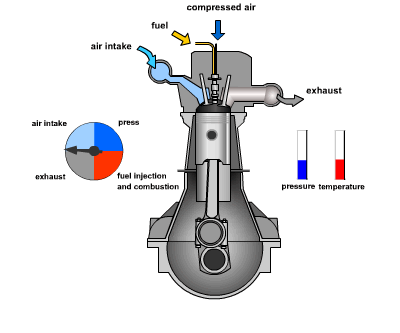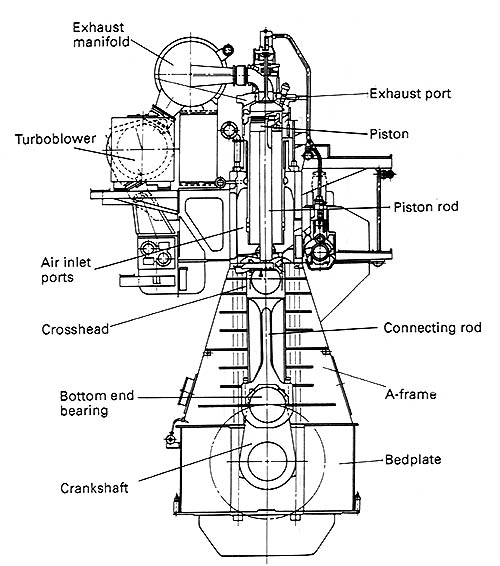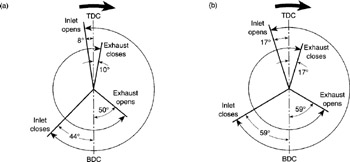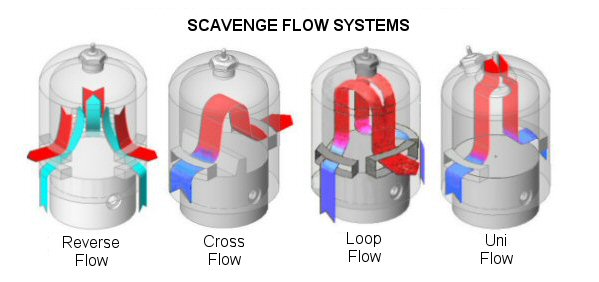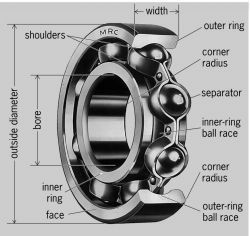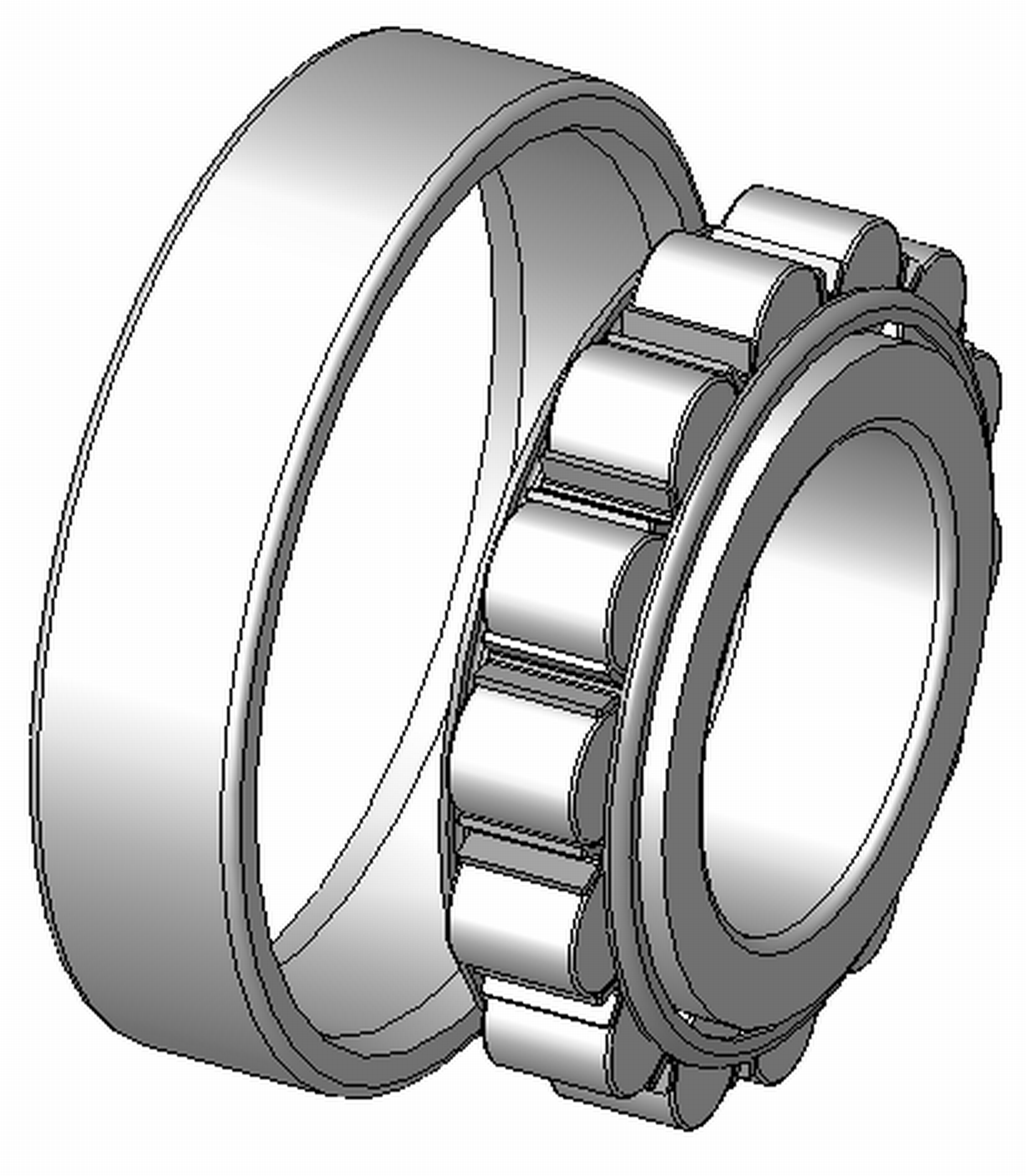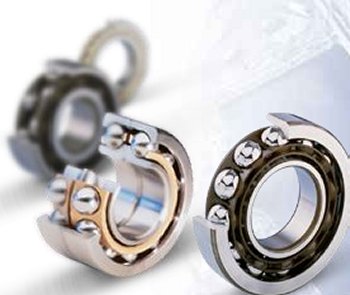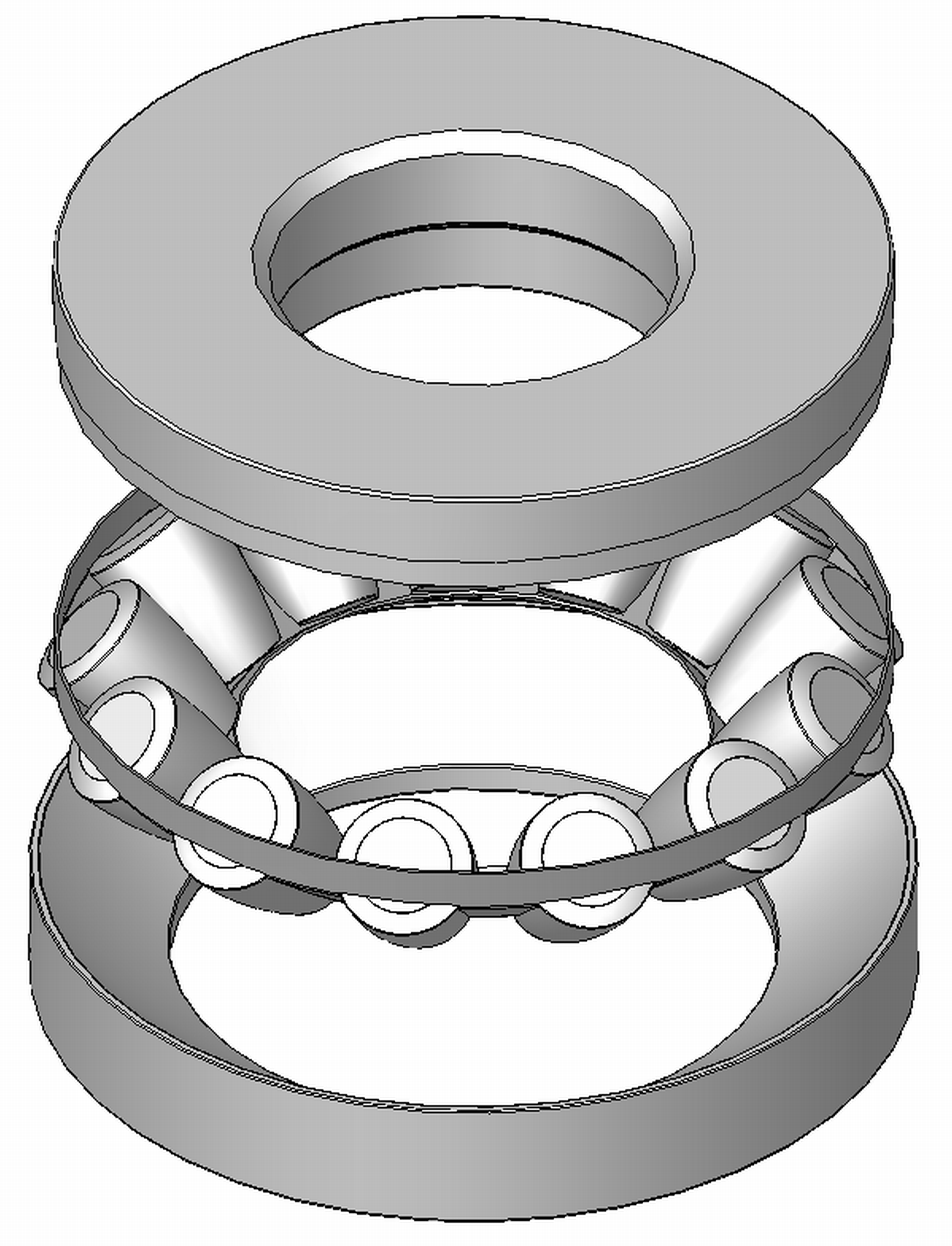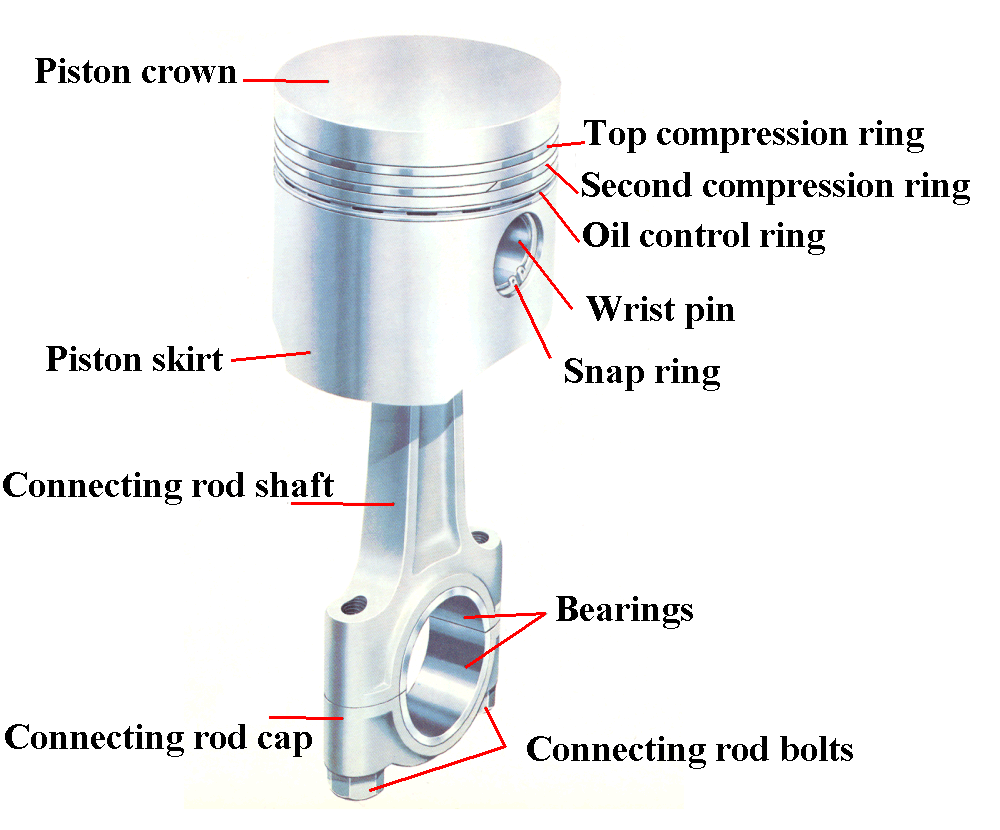Brake Specific Fuel Oil Consumption of a Marine Diesel
Engine (SFOC)
What’s Brake in the heading??
Brake simply refers to the measure of fuel efficiency in an
engine which burns fuel and as an output delivers or rotates a shaft. It’s unit
will be g/Kw.Hr
What if we are asked to calculate Thrust Specific Fuel Oil
Consumption??
Thrust SFOC is related to calculation of fuel efficiency in
an engine which burns fuel to produce a thrust as an output i.e Rocket,
Aeroplanes etc. It’s Unit will be g/s.kN
BSFOC or SFOC Calculation
As mentioned above SFOC unit of measurement is g/Kw.Hr.
Where
g = Grams (Weight)
Kw = Kilowatt (Power)
Hr. = Hour (Time)
So what exactly are we talking about??
Weight here is referring to the weight of the Fuel. i.e. HFO
or it can be MDO
How to calculate this weight??
We all know the formula for density
Density (ρ) = Mass
(m)/Volume (V)
Unit of Mass = Kg (Kilogram)
Unit of Volume = m3
(Meter Cube)
From where will we get this data??
Density (ρ)- This is
Obtained from BDN (Bunker delivery note).
Very Important – Density mentioned in BDN is at 150 C
but the fuel which is entering the engine is at 125-1350C. Therefore it is important that correction
factors are taken into consideration at this time. Make use of ISO 91-1 Tables to the maximum to
get the most accurate results.
Mass is what we are looking to calculate.
Volume = This is obtained by flowmeter. (Consider the number of
hours you need to calculate SFOC for and take values accordingly). Unit here obtained from flowmeter will be in
Litres. Now in order to convert this to
m3 (Meter Cube) we
have to divide this value by 1000. i.e
m3 (Meter
Cube) = L (Flowmeter Reading)/1000
We now have Density and the Volume, so now we can easily
calculate Mass as
Mass = Density (ρ)X m3 (Meter Cube). The unit of this
calculation may be in Kilogram (Kg) therefore to convert this to Grams (g) we
need to multiply this value with 1000.
Next step is to calculate the Engine power.
Before we get into the math it is important that we
understand the different kind of power terminology.
Indicated Power – This is the power which is developed
within a cylinder of an engine
Brake Power – This is the useful power which is available at
the shaft output.
Fuel Power = Mass of Fuel/s x Fuel Calorific Value
Mechanical Efficiency is the ratio of Brake power to
Indicated Power.
Always remember that
Brake power is less than Indicated power as brake power accounts the friction
losses within an engine.
How do we calculate Brake power and Indicated Power???
Brake power is calculate by using the formula
BP=2πNT
N= Shaft Speed in rev/sec
T= Torque in Nm (Newton meter)
Torque is measured/calculated by use of a dynamo meters. Usually Torque is measured by using the
formula
T = net brake force x radius
Indicated Power:
Primary means to calculate I.P. is by use of an indicator. Indicator gives you an idea about MEP (Mean
effective pressure in cylinder and at the same time provides relevant graph (2
stroke engine) of the fuel injector condition and how good is the compression
and combustion.
Indicated Power is calculated by the using the formula
IP = pLAN
Where
p = MEP (Mean effective pressure)
L = is the stroke length
A = Area of the piston
N = Number of cycles per second
How this formula is derived???
We know that Power is calculated by
P= Work done/Time or Work done x Number of cycles
Now to calculate Work Done we use the formula
Work Done = Force x Distance Moved
We all know that Force = Pressure x Area
Therefore we have
Workdone = Pressure x Area x Distance Moved
Therefore Power = Pressure x Area x Distance Moved x Number
of Cycles
From where will we get these values???
Pressure or the Mean effective pressure is obtained by means
of Indicator.
Use this formula when calculating the MEP
MEP = Sp x H
Where
Sp = Spring Constant (Pls refer your indicator
manual)
H = is the average height of the graph. This in turn is calculated by dividing the
Total area of the graph by base length of the diagram.
Area is the area of piston
Distance moved is the stroke length (this is obtained from
Engine Manual)
Number of Cycles is from your daily counter (You can make
use of value from Engine pickup as well)
Always remember N for a four stroke engine is half the value
i.e. N/2
So now we have Indicated power per Unit. Calculate the average Indicated power for all
the cylinders i.e
IPAvg = IP1
+ IP2 + IP3…………+IPN
N
(Number of Cylinders)
So now we have the average Indicated Power of all the
cylinders.
On board a ship we normally use the indicated power for
calculating the SFOC
Let’s now recall
SFOC = g/KWhr
We have Calculated Grams
We have Calculated KW (Indicated Power)
Hr = Time (Measuring period)
At the end Let’s summarise:
SFOC = g/KwHr
SFOC = ρ
x m3x 1000 (Time in which
this mass of fuel was consumed can be 1hr
MEP x
L x A x N x Hr (Time observed same as above)
Important Efficiency Calculation that we need to know
Brake Thermal Efficiency = Brake Power / Fuel Power
Indicated Thermal efficiency = Indicated Power / Fuel Power
Mechanical Efficiency = Brake Power / Indicated Power
Sometimes you may be asked to calculate SFOC making use of
the Lower Calorific value correction factor.
This is done as on test bed the fuel used is of different calorific
value. (The value of test bed fuel calorific value is available in Engine
manual).
In order to determine the caloric value of fuel on board
ship, same is sent to the laborartory for testing and the value obtained. Once this value is available following
formula is used to determine corrected SFOC
SFOC x LCV obtained from Lab
LCV
at Test bed
LCV = Lower Calorific Value
LCV can be obtained from the Lab as well as from ISO graphs
if available in the manual.











